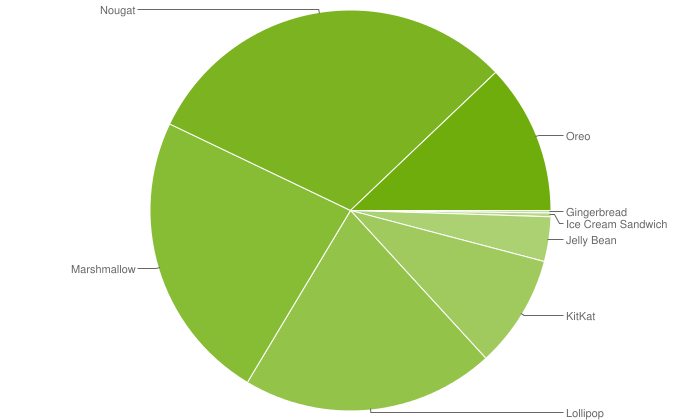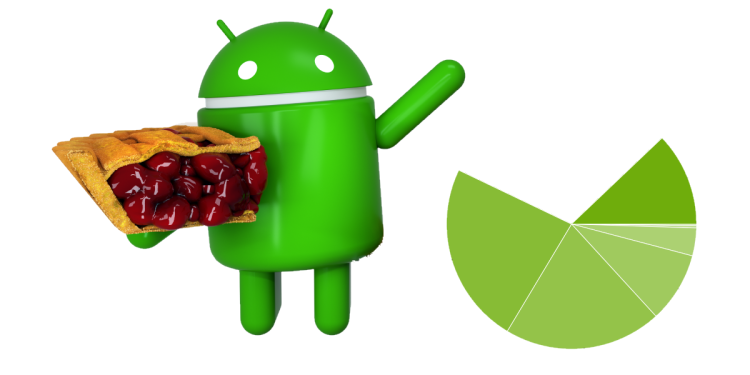testsetset
When Google unveiled the name Android Pie this week and started rolling out the latest and greatest version of its mobile operating system, there was a lot of collective groaning from users saying their devices aren’t going to get the update. And they’re right — most Android users will not get Android Pie. This time, however, might be different.
(Warning: This post is full of pie puns. I blame Google for starting it, with talk of “pie slices,” security and privacy being “baked in,” recipes, and that Android navigation is now “easy as pie.”)
With every new release, Android users hope their phones will get updated sooner than they have before. Except for Nexus and Pixel devices — and starting now just Pixel phones, since the Nexus line is not getting Pie — the wait is excruciatingly long. I’m talking between two and eight months, if the update arrives at all.
We got our first hint that Android Pie might start to change all that from none other than Essential, which ironically is not making phones anymore. On day one, when Pixel phones started getting Android Pie, the Essential phone did too.
June 5th: The AI Audit in NYC
Join us next week in NYC to engage with top executive leaders, delving into strategies for auditing AI models to ensure fairness, optimal performance, and ethical compliance across diverse organizations. Secure your attendance for this exclusive invite-only event.
This was the first ever day-one Android update on a non-Google phone. Sure, it’s just one phone, and it also happens to be one that runs stock Android (which helps makes the day-one release possible), but the technology behind it is what makes me hopeful.
Project Treble, which arrived with Android Oreo, modularized the mobile operating system so that it is easier to update. Sometimes that translates to Android updates that work on multiple devices from different manufacturers, and other times it means testing updates is much less cumbersome.
The real test will be over the next few months though, since Android Pie is the major release that succeeds Android Oreo. Project Treble is an improvement where the benefits only start to take effect in later versions.
Think of it this way: Every device that shipped with Android Oreo’s Project Treble enabled has the potential to get Android Pie quickly. Phone manufacturers and carriers of course still need to play ball, but from a technical perspective, this will be the easiest Android update yet.

Here is the trend that Android Pie needs to break for developers and users to believe progress is being made. Its predecessors Android Nougat and Android Oreo both took 5 months to pass 1 percent adoption and 10 months to pass 10 percent adoption.
Those aren’t very high bars.
That said, keep in mind that Android is on 2 billion monthly devices, and that number is growing. So whatever percentage we’re talking about, that slice is bigger with every Android release because the pie is getting bigger.
Still, I think Android Pie could really break out and beat its predecessors. It will take a lot to make that possible, but I’m nonetheless betting on it.
If not, I’ll just have to eat some humble Pie.
ProBeat is a column in which Emil rants about whatever crosses him that week.

